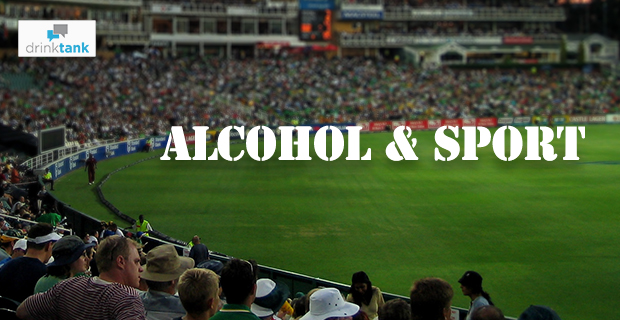The facts about alcohol should stop politicians in their tracks. But they are unmoved.
A quarter to a third of the work of a general hospital is alcohol-related. On Australia Day one in seven emergency department (ED) attendances were caused by alcohol. In some EDs it was one in three. The Senior Australian of the Year, Professor Gordian Fulde, time and time again, has described the carnage at St Vincent’s Hospital’s ED late on Thursday, Friday and Saturday nights; as many as 70 per cent of cases at peak periods are intoxicated.
That’s only part of the medical story. The alcohol load is massive in the trauma, orthopaedic and burns units and manifestly over-represented in suicide attempts, mental health, brain injury and in the general medical and surgical wards. Twenty to 40 per cent of patients in general practice have had a serious alcohol problem at some time in their life. Globally, alcohol is the third most modifiable risk factor to prevent disability and death. Alcohol overshadows most contemporary public health problems.
In the social story, alcohol outstrips the impact of other substances. One third of child protection cases, 40+ per cent of domestic violence, 40+ per cent of homicides, 45 per cent of assaults attended by police and up to 60 per cent of suicides – the list could go on. The police, courts and welfare agencies are tied up dealing with the consequences. Alcohol’s social impact dwarfs the anxieties about ice and cannabis.
It’s not that we can’t tackle alcohol; it’s the countervailing forces which stop us. Dealing with the health and social harms of alcohol is not straightforward public health as the strategies to reduce harm competes with commercial interests and politics.
In the recent holiday period, the cricket season was awash with alcohol advertising, for all to see. Loopholes in legislation allowed alcohol advertising to subvert the measures designed to protect young minds. When alcohol is linked so convincingly to sporting success and peer-acceptance, young minds are too easily persuaded that being a drinker is OK.
Since ancient Greece, sporting activities have celebrated athleticism, skills, teamwork and playing by the rules. Sporting heroes have been role models for youth. But the role models of today are seduced into colluding with the alcohol industry – for celebrity, money and power. The once noble traditions have been corrupted by the dollar.
This collusion is not for the common good. With apologies to former US President Dwight Eisenhower, the alcohol industry and organised sport have established a powerful ‘industrial complex’ along with their bedfellows – the gaming and PR industries. The asymmetry of power and political influence, compared with the proponents for public health means that effective strategies such as reduced late-night trading hours for alcohol-outlets and evidence-based alcohol taxes struggle for a place in government policy.
Michael Thorn, referring to the alcohol industry, wrote recently (Pearls and Irritations, 23/01/2016), “It’s an industry built on identifying, targeting and exploiting its best customers, and ensuring they continue to misuse and abuse alcohol.” He observed that 20 per cent of Australians aged 14 years and above consume 74.2 per cent of all the alcohol consumed in a year. As far back as 2006, a US study showed the alcohol industry’s revenue in that country was dependent on heavy and disordered drinkers (‘sick’ drinkers) and underage drinkers. (1) A degree of exploitation redolent of the gaming industry’s dependence on problem and addicted gamblers.
Professor Robin Room and Dr Michael Livingston, internationally recognised alcohol policy researchers from the Centre for Alcohol Policy Research at Latrobe University, and Michael Thorn, Chief Executive of the Foundation for Alcohol Research and Education, have said recently, that the alcohol industry’s interests run in the opposite direction to public health and effective alcohol policy and the industry should be excluded from alcohol policy decision-making. On the evidence, who can disagree?
It is also in the community’s interest to warn sporting organisations, that partnership with the alcohol industry undermines sporting values and risks the health of future generations.
___________
1Foster, S.E., Vaughan, R.D., Foster, W.H. & Califano, J.A. Jr. (2006). Estimate of the commercial value of underage drinking and adult abusive and dependent drinking to the alcohol industry. Archives of Pediatric and Adolescent Medicine. 2006 May; 160(5): 473-8.
First published: John Menadue – Pearls and Irritations








Add comment